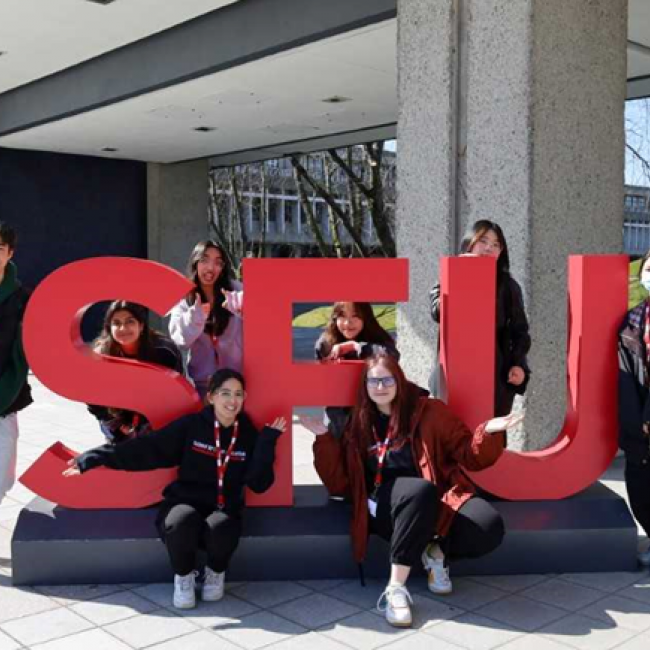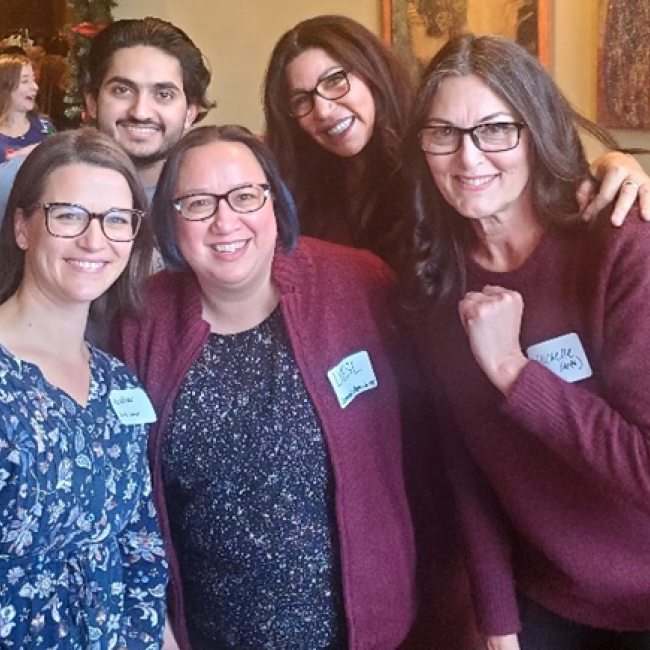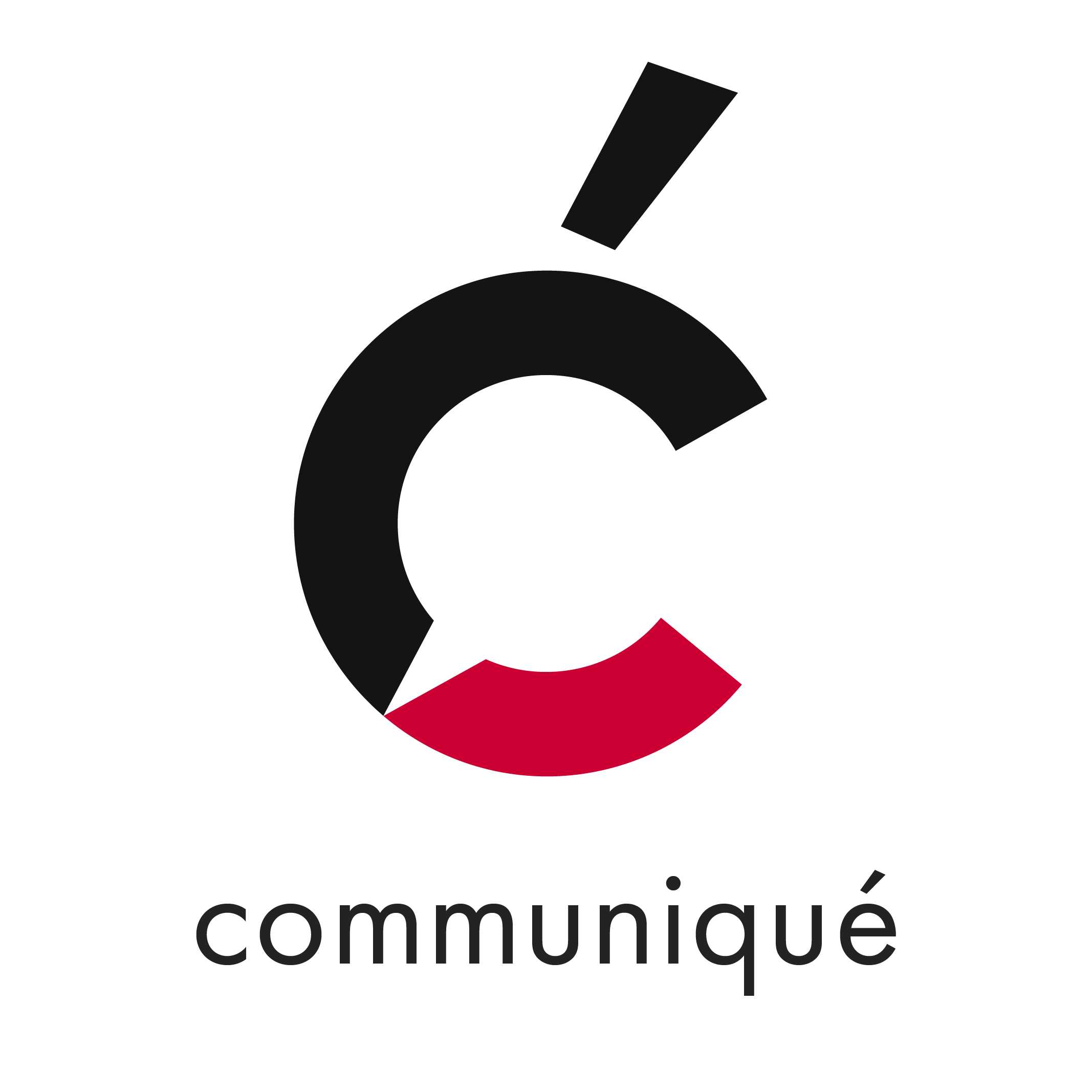
When promoting events and news on social media on behalf of a club, service, or business, the main goal is to get as many eyes as possible on the content. One of my tasks in my 8-month Co-op position was to post updates on their social media accounts, which includes job postings, upcoming events, and special announcements. Over these months, I was able to find useful strategies and tools to help me manage these profiles effectively and efficiently.
The visuals are most important in a post because they set the mood and determine the first impression from the audience. It can just be a photo that puts the caption to life, or it can be informative and have worded details on the images.
For branding purposes it’s good to follow a consistent theme when designing graphics, which could include using the same logo and colour palette every time. Adobe Creative Suite is great for creating high quality designs from scratch, but it could take a while to learn how to use all the tools. To find inspiration and ready-to-go templates, Canva would be the site to visit. They also have many free elements and fonts to choose from.
You want to write with a friendly voice, in a catchy and engaging way, to make people want to read the post fully. Using a cheerful tone makes the announcement seem more exciting. Plus, popping in a relevant emoji here and there can further enrich the appearance of the text.
An easy way to find examples is by using Hootsuite’s caption generator, where you can paste a basic caption into their text box and choose a style of voice, then it will use AI to recreate your sentences to make it more attractive to your audience.
Your professionalism and high expertise will show on whatever you post, based on the small but necessary edits you make for each one. It’s important to show that you know the tools, styles and trends of every platform.
You can usually get away with using one sized image for all, but it looks better in the feed and profile if you post a square image on Instagram, a wide landscape image on Twitter, a portrait image on stories, and so on. Additionally, when you tag other accounts make sure the username is spelled correctly, because the same organization might have different names on their other platforms. Also, stay up to date with specific features on each platform such as story stickers, Twitter hashtags, and Instagram’s and TikTok’s in-app video editors.
You can take some time to experiment first by observing the amount of engagement there is on each post, and see what days and times people are usually most active on social media. Many platforms provide users with analytics to find patterns, peak times, and the kind of posts people like the most. Also, whenever you schedule a post on Hootsuite, it will automatically give you recommended times and dates to post.
Find that sweet spot on how frequently to post. It should be often enough so that the audience is reminded of your page and the information circulates consistently, but not too often that it becomes repetitive spam and people become less interested in the content.
If your organization is part of a network of similar groups, then it would be beneficial to repost each other’s content to get more eyes on all the groups’ posts. One strategy that was very common during my Co-op term was to share a word document with all potential content amplifiers, which included the images and captions for each platform, accounts to tag, and sometimes a timeline of when to post. While some people might not find the message relevant enough to post on their page, there’s always the option of retweeting or resharing stories to give a quick mention about it without posting the whole set of details.
Creating a communications plan was a huge help for my personal use. Having dates set up and captions pre-written kept me organized and strategic.
Those are my top five most useful tips for running social media accounts from a business perspective. Although being an online promoter might look easy, it does involve quite a bit of analyzing and research to find the right way to brand your business and attract your audience. My Co-op experience was a great opportunity to try these strategies out, and there are many takeaways from working a communications and marketing position




























